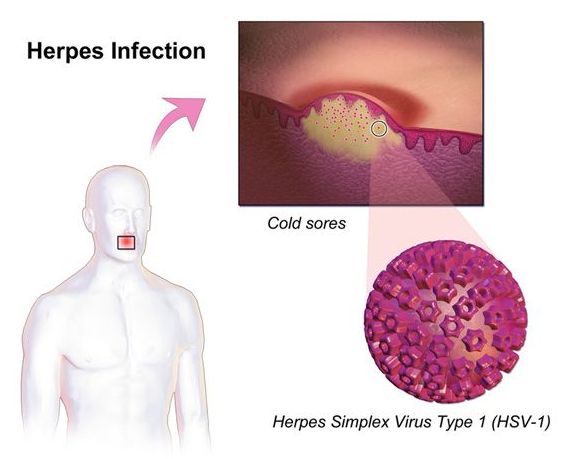Researchers at the Fred Hutchinson Cancer Research Center in Seattle, USA, have used gene editing to remove latent herpes simplex virus 1 (HSV-1), also known as oral herpes.
In mice, the technique showed a 92% decrease in the latent virus – enough to keep the infection from coming back, according to the scientists. The study used two sets of “genetic scissors” to damage the virus’s DNA, fine-tune a delivery vehicle to the infected cells, and target the nerve pathways connecting the neck with the face, reaching the tissue where the virus lies dormant. The findings are published in Nature Communications.
“This is the first time that scientists have been able to go in and actually eliminate most of the herpes in a body,” said senior author Dr. Keith Jerome, Professor in the Vaccine and Infectious Disease Division at Fred Hutch. “We are targeting the root cause of the infection: the infected cells where the virus lies dormant and are the seeds that give rise to repeat infections.”
